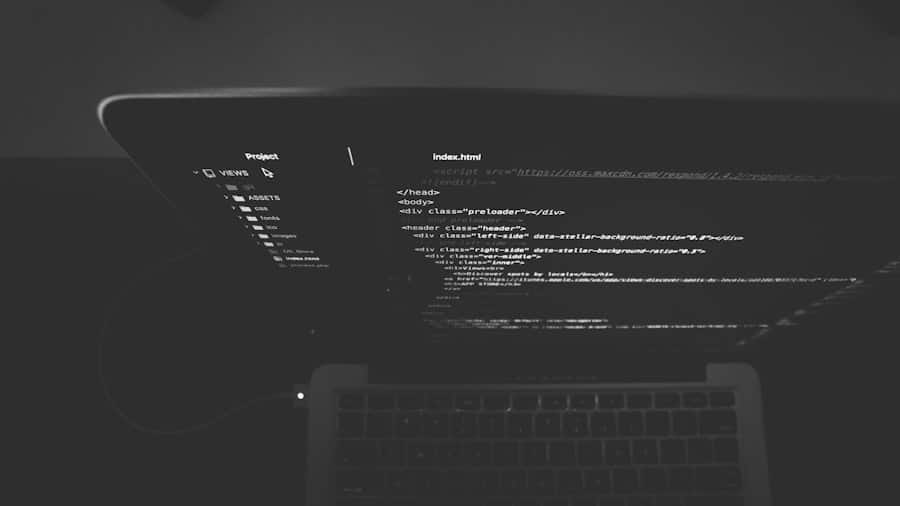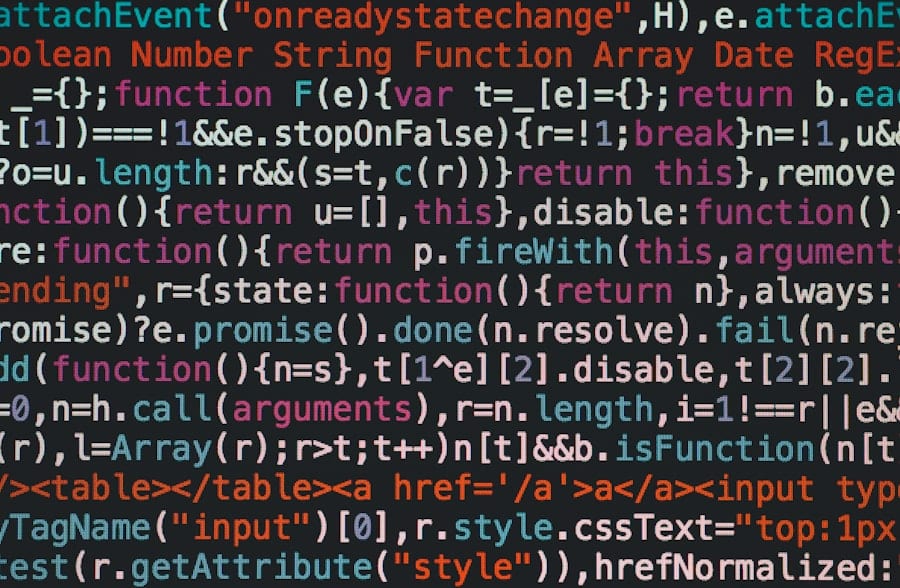In recent years, the landscape of learning programming has undergone a significant transformation, largely due to the advent of gamified coding platforms. These innovative educational tools leverage game design elements to create engaging and interactive environments for learners of all ages. By incorporating features such as points, badges, leaderboards, and challenges, these platforms not only make coding more enjoyable but also enhance motivation and retention of knowledge.
The gamification of coding education has proven to be particularly effective in attracting beginners who may find traditional learning methods daunting or uninspiring. Gamified coding platforms cater to a diverse audience, from complete novices to seasoned programmers looking to sharpen their skills. They often provide a variety of programming languages and frameworks, allowing users to explore different areas of coding while progressing through levels that gradually increase in complexity.
This structured approach helps learners build confidence as they tackle increasingly challenging tasks, fostering a sense of accomplishment that is often missing in conventional educational settings. As a result, these platforms have become a popular choice for schools, coding boot camps, and self-learners alike.
Key Takeaways
- Gamified coding platforms make learning to code more engaging and fun.
- Consider factors such as your coding goals, preferred programming language, and level of experience when choosing a platform.
- Familiarize yourself with basic coding concepts and terminology before diving into challenges and levels.
- Use tips and strategies to progress through levels and challenges efficiently.
- Leaderboards and achievements can provide motivation and a sense of accomplishment as you improve your coding skills.
Choosing the Right Gamified Coding Platform for You
Selecting the right gamified coding platform can be a daunting task given the plethora of options available. Each platform offers unique features, programming languages, and learning methodologies, making it essential to identify your specific needs and goals before diving in. For instance, if you are a complete beginner, you might want to consider platforms that offer a gentle introduction to coding concepts, such as Scratch or CodeCombat.
These platforms use visual programming languages or interactive storytelling to make learning more accessible and enjoyable. On the other hand, if you have some prior experience and are looking to deepen your understanding of specific programming languages like Python or JavaScript, platforms such as Codecademy or LeetCode may be more suitable. These platforms often provide a more structured curriculum with hands-on coding exercises and real-world projects that can help solidify your skills.
Additionally, consider factors such as community support, available resources, and the overall user experience when making your decision. A platform with an active community can provide valuable assistance and encouragement as you navigate your coding journey.
Getting Started with Gamified Coding: Basic Concepts and Terminology

Before embarking on your journey through gamified coding platforms, it is crucial to familiarize yourself with some basic concepts and terminology that will enhance your learning experience. Understanding the foundational elements of programming—such as variables, loops, functions, and data structures—will provide you with the necessary tools to tackle challenges effectively. Many gamified platforms introduce these concepts gradually, often through interactive tutorials or guided lessons that allow you to practice as you learn.
In addition to programming concepts, it is essential to grasp the terminology associated with gamification itself. Terms like “experience points” (XP), “levels,” “quests,” and “badges” are commonly used across various platforms to track progress and reward achievements. Experience points are typically earned by completing challenges or tasks, while levels represent your overall progress within the platform.
Quests are often specific challenges or projects that users can undertake to apply their skills in practical scenarios. Familiarizing yourself with this vocabulary will not only help you navigate the platform more effectively but also enhance your engagement with the learning process.
Progressing through Levels and Challenges: Tips and Strategies
As you begin your journey on a gamified coding platform, you’ll encounter various levels and challenges designed to test your skills and knowledge. Progressing through these stages requires a combination of strategic thinking, time management, and perseverance. One effective strategy is to set specific goals for yourself, such as completing a certain number of challenges each week or mastering a particular programming concept before moving on to the next level.
This approach helps maintain focus and provides a sense of direction in your learning journey. Another important tip is to embrace the iterative nature of coding. Many challenges will require multiple attempts before achieving success, and this is a natural part of the learning process.
Instead of becoming discouraged by setbacks, view them as opportunities for growth. Analyzing your mistakes can lead to deeper insights into programming concepts and improve your problem-solving skills over time. Additionally, don’t hesitate to seek help from community forums or discussion boards associated with the platform; collaboration can often lead to new perspectives and solutions that you may not have considered on your own.
Utilizing Leaderboards and Achievements for Motivation
One of the most compelling aspects of gamified coding platforms is the incorporation of leaderboards and achievement systems that foster a sense of competition and motivation among users. Leaderboards display users’ rankings based on their performance, encouraging friendly competition that can drive individuals to improve their skills continuously. This competitive element can be particularly motivating for those who thrive on external validation or enjoy comparing their progress with peers.
Achievements, such as badges or certificates awarded for completing specific milestones or challenges, serve as tangible recognition of your efforts and accomplishments. These rewards can boost your confidence and provide a sense of pride in your coding journey. To maximize the motivational benefits of these features, consider setting personal benchmarks based on leaderboard standings or achievement milestones.
For example, aim to reach a certain rank within a specified timeframe or collect all available badges related to a particular programming language. By actively engaging with these motivational tools, you can enhance your commitment to learning and make steady progress in your coding skills.
Engaging with the Coding Community: Forums, Chatrooms, and Collaboration

A significant advantage of gamified coding platforms is the vibrant communities that often accompany them. Engaging with fellow learners through forums, chatrooms, or collaborative projects can greatly enrich your coding experience. These platforms typically feature discussion boards where users can ask questions, share insights, and offer support to one another.
Participating in these communities not only helps you find solutions to challenges but also fosters connections with like-minded individuals who share your passion for coding. Collaboration is another key aspect of community engagement that can enhance your learning journey. Many gamified platforms encourage users to work together on projects or challenges, allowing you to learn from others while contributing your unique perspective.
Pair programming—where two programmers work together at one workstation—can be particularly beneficial for skill development. This collaborative approach enables you to observe different problem-solving techniques and coding styles while receiving immediate feedback on your work. By actively participating in community discussions and collaborative efforts, you can cultivate a supportive network that motivates you to continue improving your skills.
Overcoming Challenges and Frustrations: Building Resilience and Perseverance
The journey through gamified coding platforms is not without its challenges; learners often encounter obstacles that can lead to frustration or self-doubt. However, developing resilience and perseverance is crucial for overcoming these hurdles and achieving long-term success in coding. One effective strategy for building resilience is adopting a growth mindset—the belief that abilities can be developed through dedication and hard work.
Embracing this mindset allows you to view challenges as opportunities for growth rather than insurmountable barriers. When faced with difficulties in understanding a concept or completing a challenge, take a step back and analyze the situation objectively. Break down the problem into smaller components and tackle each part individually.
This approach not only makes complex problems more manageable but also helps you identify specific areas where you may need additional practice or support. Additionally, remember that seeking help is not a sign of weakness; reaching out to peers or mentors for guidance can provide valuable insights that facilitate your learning process.
Taking Your Skills to the Next Level: Transitioning from Gamified Coding to Real-World Applications
As you progress through gamified coding platforms and build a solid foundation in programming concepts, it becomes essential to consider how to transition those skills into real-world applications. While gamified environments provide an excellent introduction to coding principles, applying what you’ve learned in practical scenarios is crucial for deepening your understanding and enhancing your employability. One effective way to bridge this gap is by working on personal projects that align with your interests or career goals.
Consider developing applications or websites that solve real-world problems or fulfill specific needs within your community. This hands-on experience not only reinforces your coding skills but also allows you to create a portfolio showcasing your work—a valuable asset when seeking employment in the tech industry. Additionally, participating in hackathons or contributing to open-source projects can provide opportunities for collaboration with experienced developers while exposing you to industry best practices.
Networking within the tech community is another vital aspect of transitioning from gamified coding environments to real-world applications. Attend local meetups, workshops, or conferences where you can connect with professionals in the field.
By actively seeking out real-world experiences and connections, you can effectively leverage the skills you’ve gained through gamified coding platforms into meaningful career advancements.
If you’re interested in learning coding through gamified platforms, you might also find it beneficial to explore the technological advancements in devices that can support such learning experiences. A related article that delves into the features of a device that could enhance your coding journey is the Samsung Galaxy Chromebook 2. This device offers a range of features that can support both beginners and advanced users in their coding endeavors. For more information, you can read the article by following this link: Exploring the Features of the Samsung Galaxy Chromebook 2.
FAQs
What are gamified platforms for learning coding?
Gamified platforms for learning coding are online platforms that use game-like elements such as points, badges, levels, and leaderboards to make the learning process more engaging and enjoyable. These platforms often use interactive challenges and projects to teach coding skills.
How do gamified platforms help in learning coding?
Gamified platforms make learning coding more interactive and fun by incorporating game-like elements. This can help to keep learners motivated and engaged, and can also provide a sense of accomplishment as they progress through the levels and earn rewards.
What coding skills can be learned on gamified platforms?
Gamified platforms for learning coding can teach a wide range of coding skills, including programming languages such as Python, JavaScript, and HTML/CSS, as well as concepts like algorithms, data structures, and problem-solving techniques.
Are gamified platforms suitable for beginners?
Yes, gamified platforms can be suitable for beginners as they often provide step-by-step tutorials and interactive challenges that gradually introduce coding concepts. The game-like elements can also help to make the learning process less intimidating for beginners.
Are gamified platforms free to use?
Some gamified platforms for learning coding offer free access to basic features and content, while others may require a subscription or one-time purchase for full access to all courses and challenges. It’s important to research and compare different platforms to find one that fits your budget and learning goals.

